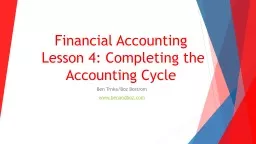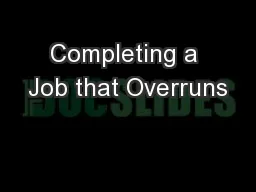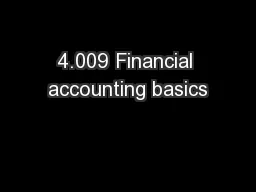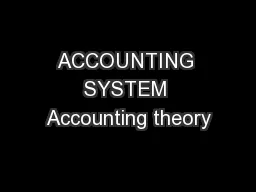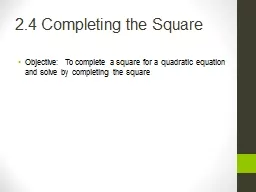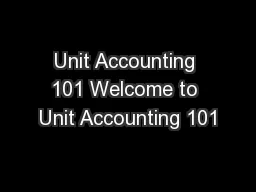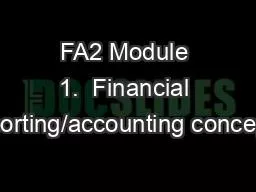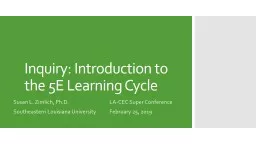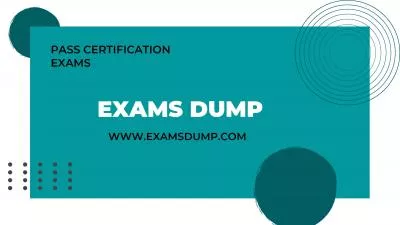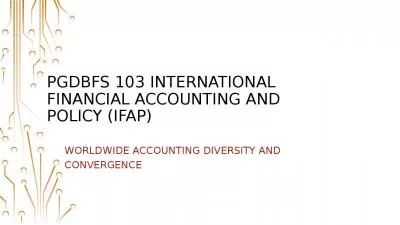PPT-Financial Accounting Lesson 4: Completing the Accounting Cycle
Author : pongre | Published Date : 2020-06-16
Ben TrnkaBoz Bostrom wwwbenandbozcom Lets start with an example Here we have Salesforces Income Statement and Balance sheet What accounts require adjusting at period
Presentation Embed Code
Download Presentation
Download Presentation The PPT/PDF document "Financial Accounting Lesson 4: Completi..." is the property of its rightful owner. Permission is granted to download and print the materials on this website for personal, non-commercial use only, and to display it on your personal computer provided you do not modify the materials and that you retain all copyright notices contained in the materials. By downloading content from our website, you accept the terms of this agreement.
Financial Accounting Lesson 4: Completing the Accounting Cycle: Transcript
Download Rules Of Document
"Financial Accounting Lesson 4: Completing the Accounting Cycle"The content belongs to its owner. You may download and print it for personal use, without modification, and keep all copyright notices. By downloading, you agree to these terms.
Related Documents

